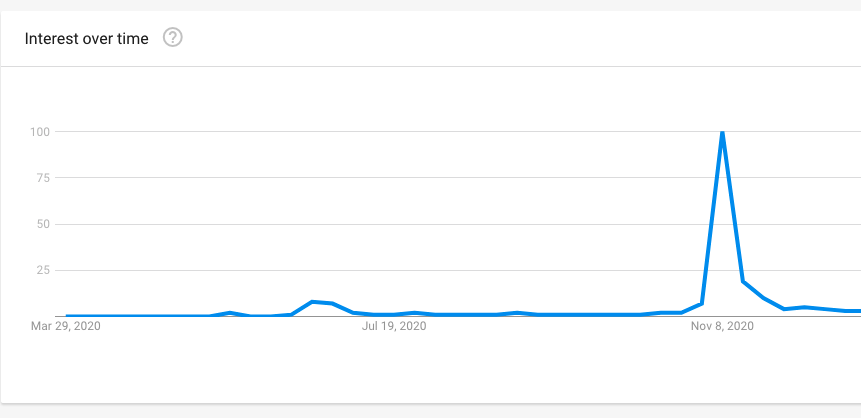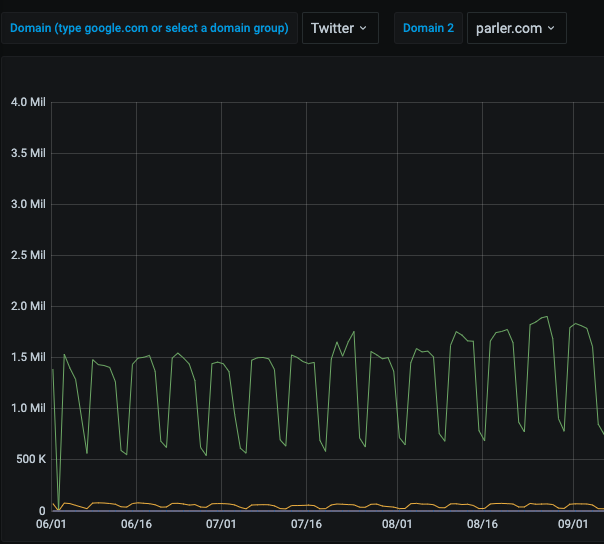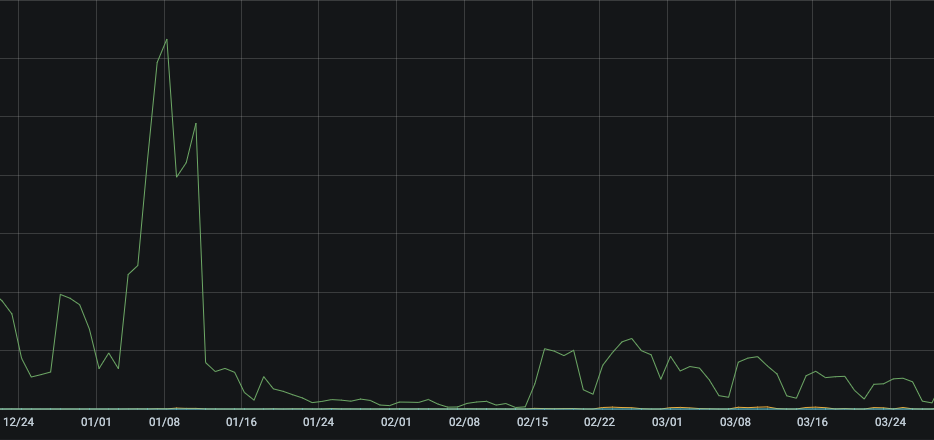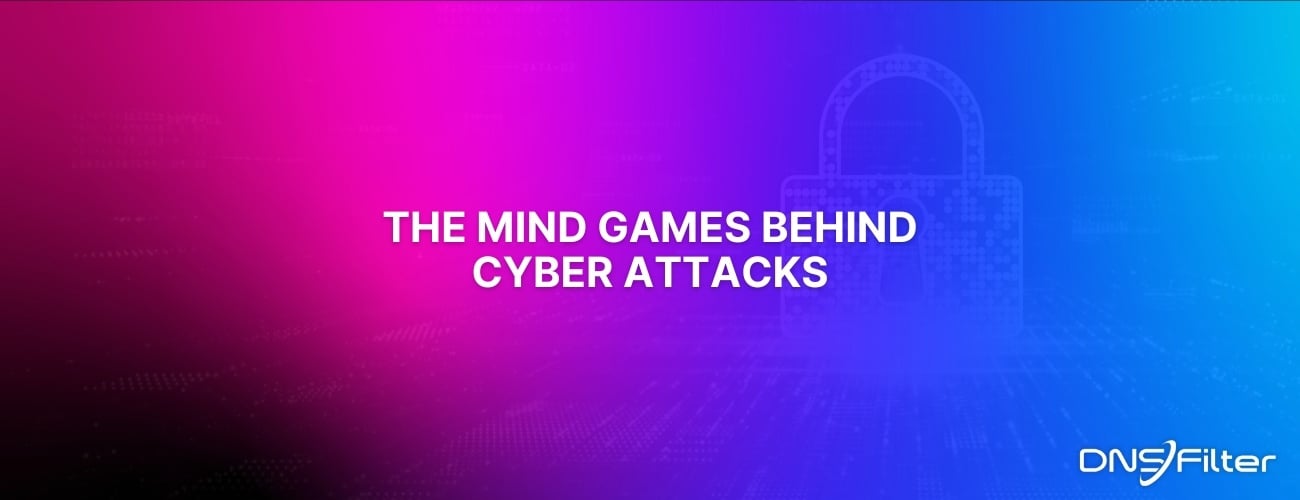Share this
Parler Vs. Twitter Battle: Facts from our data
by Serena Raymond on May 24, 2021 12:00:00 AM
The rise (and fall) of Parler
Parler seemed to come out of nowhere. Parler was founded in 2018, but prior to November 2020, most people didn’t know what Parler was. According to Google Trends, it hit peak popularity the week of the 2020 election.

After the events of January 6th, the site was taken down because of its association with hate speech, and was offline for over a month until they found a new host mid-February of this year.
But the out-of-the-blue rise of a social media site isn’t all that new. TikTok, Snapchat, Instagram, even going all the way back to Vine—they all steadily gained steam until seemingly “overnight” everyone knew about it. We often don’t take notice of these platforms until they hit the news for one reason or another.
Parler Vs Twitter
The “Parler Vs Twitter battle” began in June of 2020. Parler started positioning itself as a Twitter alternative during a “#Twexit Campaign” where users concerned that their free speech was impacted by Twitter’s terms of use moved to Parler.
This is what that Twitter exit looked like on DNSFilter’s network. Twitter is the green line, and Parler isn’t even easily visible on this graph. That orange line is the amount of Twitter domains blocked on our network:

And while Twitter DNS traffic didn’t seem to be impacted by users leaving for Parler, and despite Parler not being visible in this graph, we did start to see visits to Parler slowly, and steadily rise between June and September.

Parler spikes in popularity
On June 1, 2020, there were only a few hundred visits to Parler on our DNS network. By September, there were 2,000 visits across our network. Then, in the week after the election, the usage spiked likely due to the massive attention Parler received. Tens of thousands of visits to Parler were occurring on our network over a sustained period of time.

This supports what we saw on Google Trends: Parler’s search presence peaked the week of the election. But traffic to Parler didn’t stop after the election. Interestingly on our network, Parler was essentially unblocked by our users.
After the events of January 6th on the capitol is when Parler reached its peak on our network. And only after Parler’s disappearance and “come back” in February did we start to notice our users blocking Parler.
This might indicate that companies in general are hesitant to block social media. Across our network, we block an average of 4% of all of the social sites users attempt to access. But an even lower percentage of Parler site visits on our network are blocked—under 1%.
It makes sense that companies might go out of their way to add known social media sites like Facebook, Twitter, Instagram, and TikTok to their block lists as opposed to using our “social networking” category. It seems to us that IT administrators only started adding Parler to their social media block lists after the app made headlines in January of this year.
Since Parler's resurfacing, its traffic is a quarter of what it was when we compare it to the timeframe between the election and January 6th. But despite “low” traffic, the platform is back.

And though it’s not on the level of Twitter, and never has been, it’s still popular enough to sustain a few thousand daily visits on our network. Its association with controversial speech has definitely driven many users away from the platform, but it’s still being actively used. It hasn’t gone away, and it might be something for network admins to keep an eye on, as well as other emerging social media and forum sites like Clubhouse, Triller, or Bucket.
What can we learn from this?
Just a reminder that our network is primarily made up of businesses. So these trends we’re talking about aren’t trends occurring on home networks. These are visible trends occurring on company networks all over the world. We service roughly 14,000 companies in both rural and urban locations. Everything from 1-person companies to Fortune 500 organizations. Because of this, our DNS network is well-positioned to give us insight that can be extrapolated to the larger picture.
What happens outside the walls of your office (or your company’s Slack channel) has an impact on your employees, even if it never comes up in casual conversation. Employees use corporate devices to access news sites, social media, and in some cases sites that you don’t want them to access.
Looking back at our DNS network traffic over the past year, we’ve realized that it can act as a crystal ball. Your network data is representative of a whole. You can see major trends happening both locally and globally. And the relatively slow increase in popularity of certain social networks isn’t as much of a surprise when you can see where your users are going.
With DNSFilter, you can start uncovering your own unique insights based on your company’s network traffic as well as implement DNS protection to secure your DNS network.

Share this
 The Mind Games Behind Cyber Attacks
The Mind Games Behind Cyber Attacks
Hackers have long understood that the most sophisticated firewall is no match for a well-placed psychological trick. While many focus on the technical prowess of cybercriminals, the real magic often lies in their ability to manipulate human behavior. By exploiting our natural tendencies and cognitive biases, hackers can slip past even the most robust security systems. It's not just about cracking codes; it's about cracking the human psyche.
 AI and Cybersecurity Risks: Why DNS Filtering is Critical for AI-Driven Workplaces
AI and Cybersecurity Risks: Why DNS Filtering is Critical for AI-Driven Workplaces
Artificial intelligence is transforming business operations, automating everything from customer service to data analysis. But with these advancements come new security challenges. AI-driven cyber threats are becoming more sophisticated, enabling attackers to automate phishing campaigns, generate malware, and exfiltrate sensitive data at scale. Without proper safeguards, AI tools can unintentionally leak corporate secrets or connect to malicious ...
 A Smarter Way to Manage Roaming Clients: The New DNSFilter Experience
A Smarter Way to Manage Roaming Clients: The New DNSFilter Experience
Managing endpoint security across an organization—whether as an MSP overseeing multiple customers or an admin overseeing a tech stack—should be simple, efficient, and effective. That’s why we’re excited to introduce a revamped Roaming Client management experience, designed to provide greater confidence and ease in managing your fleet of DNSFilter Roaming Clients.


